PNNL study finds 2028 grid resource adequacy likely sufficient for high EV penetration; managed charging strategies can double adequacy
Green Car Congress
JULY 30, 2020
A new study of the impact of high EV adoption on the Western US power grid by a team from Pacific Northwest National Laboratory (PNNL) has found that 2028 grid resource adequacy—from generation through transmission—is likely to be sufficient for high EV penetration. Source: PNNL.

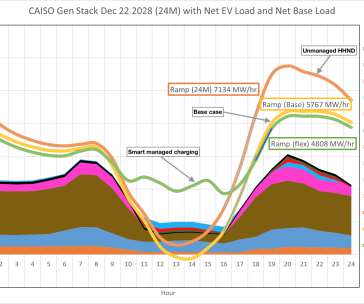

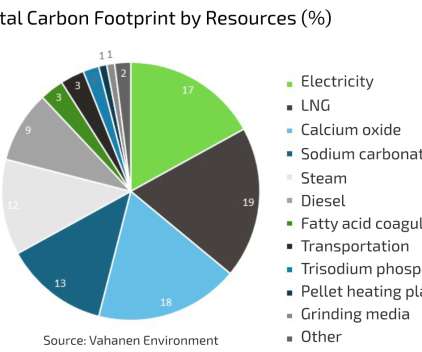


























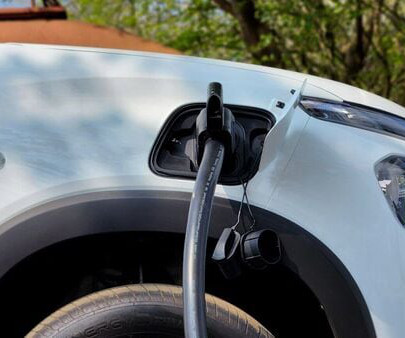
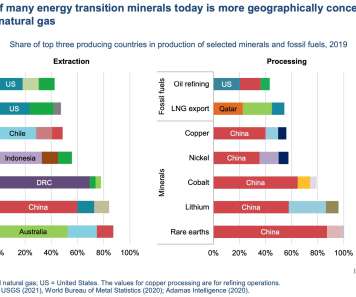


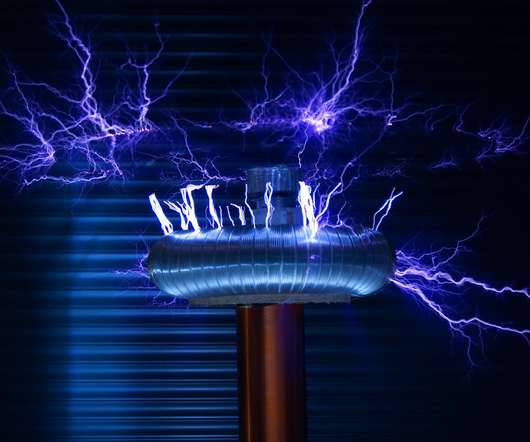








Let's personalize your content